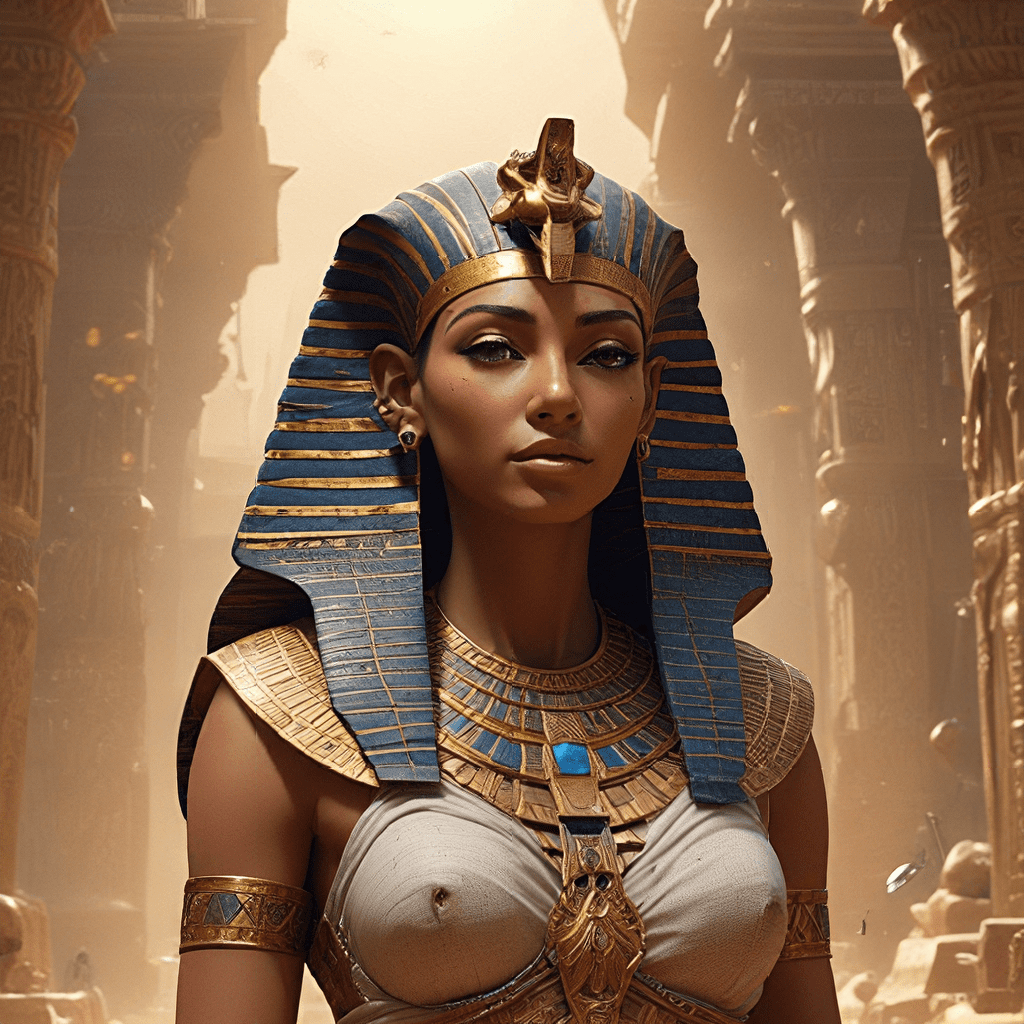1. Introduction: The Everlasting Land
Ancient Egyptians believed in an afterlife, a realm where the soul continued its journey after death. This belief was deeply ingrained in their culture and influenced every aspect of their lives, from their daily rituals to their grand monuments. They believed that the afterlife was a continuation of life, not an end. The journey to the underworld was a crucial part of their beliefs, and it was a path that each soul had to navigate to reach the eternal afterlife. The soul, or “ka,” was considered the essence of a person, and it was believed to be immortal and exist beyond the physical body.
2. The Path to the Afterlife: Embarking on the Journey
Death was not seen as an end, but rather a transition to the afterlife. The Egyptians meticulously prepared their dead for this journey. The body was mummified to preserve it for eternity. This process involved removing the organs, drying the body with salt, and wrapping it in linen bandages. Funerary texts and amulets were placed with the body to guide the soul in its journey. The Book of the Dead, a collection of spells and instructions, was essential for a successful passage. This book provided prayers, hymns, and rituals to help the soul navigate the trials of the underworld. Amulets, symbolic objects with protective powers, were also placed on the deceased to ward off evil spirits and provide assistance.
A crucial part of the journey was the “negative confession.” This was a declaration of innocence that the soul had to utter before the gods. The soul was expected to pronounce a list of statements affirming their virtuous life and denying any wrongdoing. This confession was a way of proving that the soul was worthy of entering the afterlife.
3. The Weighing of the Heart: A Moment of Truth
The soul’s journey to the underworld was filled with perils and challenges. The first major obstacle was the Weighing of the Heart ceremony. The soul was led to the Hall of Two Truths, where the god Anubis presided over the ceremony. Anubis, with his jackal head, weighed the heart of the deceased against the feather of Ma’at, the goddess of truth and justice. Ma’at’s feather symbolized balance and righteousness. If the heart was lighter than the feather, the soul was deemed pure and worthy of entering the afterlife. But if the heart was heavier, it was devoured by Ammit, the “devourer of the dead,” a monstrous being with the head of a lion, the body of a hippopotamus, and the paws of a crocodile. This meant that the soul would not be allowed into the afterlife.
4. Navigating the Underworld: The Trials and Tribulations
The journey through the underworld was filled with dangers. The deceased had to navigate through perilous landscapes, encounter formidable deities and monsters, and overcome various obstacles. They faced terrifying creatures like the serpent Apep, the embodiment of chaos, and the demoness Ammit, whose devouring hunger symbolized the consequences of a sinful life. The soul needed wisdom, knowledge, and prayers to navigate these treacherous paths. They had to answer the questions of the underworld gods and prove their worthiness by reciting the correct spells and performing the right rituals.
5. The Fields of Aaru: A Paradise Found
For those who successfully passed the Weighing of the Heart and navigated the perils of the underworld, the ultimate reward awaited: eternal life in Aaru, a paradise where the righteous souls spent eternity in bliss. Aaru was a lush and fertile land, bathed in sunlight, filled with abundance and joy. It was a place where the souls lived in harmony with nature, enjoying eternal peace and happiness. Osiris, the god of the underworld and resurrection, was the ruler of Aaru, and he ensured that the righteous souls lived happily in his dominion. Osiris played a central role in Egyptian society, providing hope for a joyful afterlife and encouraging ethical behavior.
6. The Negative Confession: Declarations of Innocence
The negative confession was a central element in the afterlife journey. It was a list of 42 statements that the soul had to utter before the gods, declaring their innocence of various sins. These declarations were meant to prove the soul’s worthiness and purity. The negative confession emphasized the importance of leading a virtuous life and avoiding wrongdoing. It encompassed a wide range of ethical principles, including honesty, compassion, and respect. The Egyptians believed that their actions in life had consequences in the afterlife. By living a righteous life, they hoped to secure their place in Aaru.
7. The Role of Funerary Texts: Guiding the Deceased
Funerary texts, like the Book of the Dead, were essential for guiding the soul through the afterlife. These texts provided spells, prayers, and instructions to help the deceased navigate the challenges of the underworld. They offered guidance for various rituals and ceremonies, ensuring a smooth transition to the afterlife. The Book of the Dead, in particular, was a collection of spells and hymns that aimed to protect the soul, grant it access to the afterlife, and provide it with the knowledge and power needed to navigate the underworld. These texts were also placed in tombs to provide the deceased with ongoing protection and assistance.





